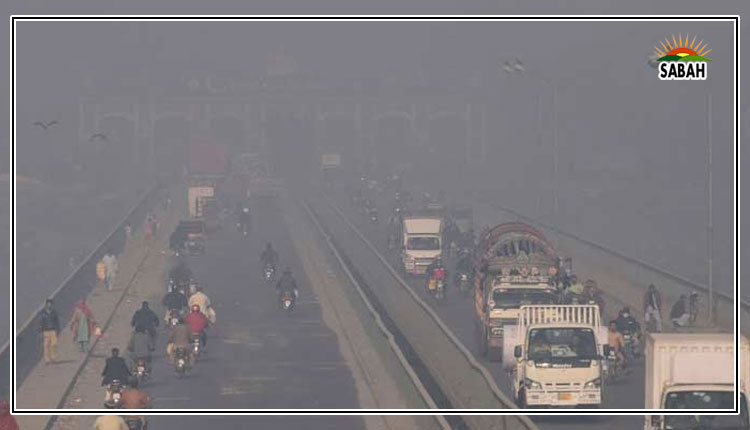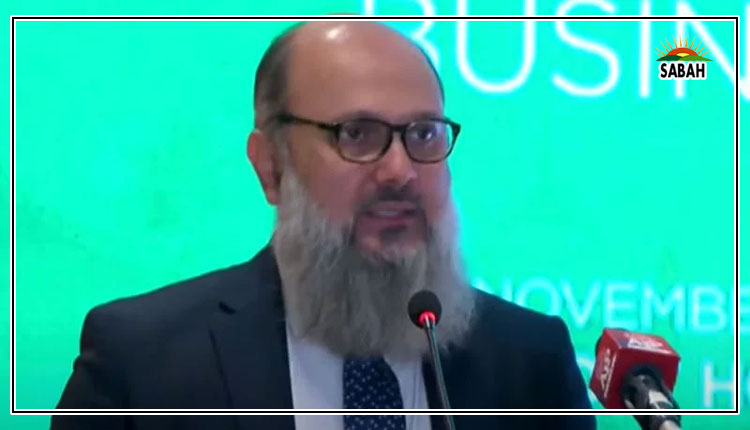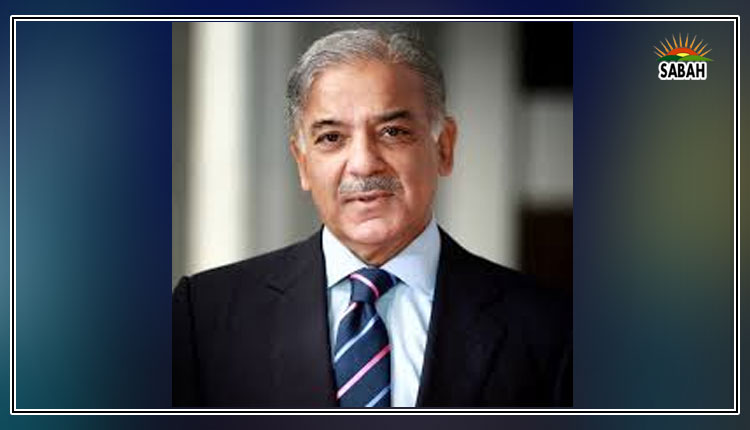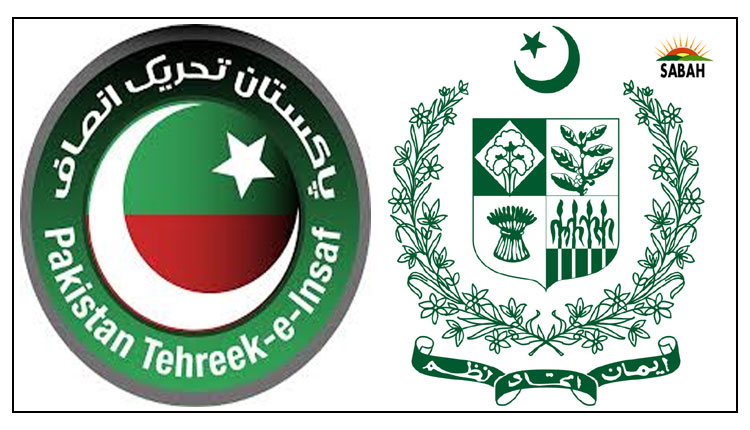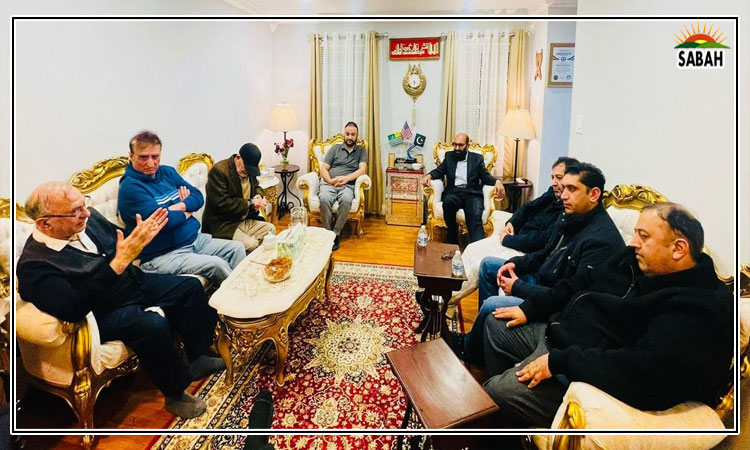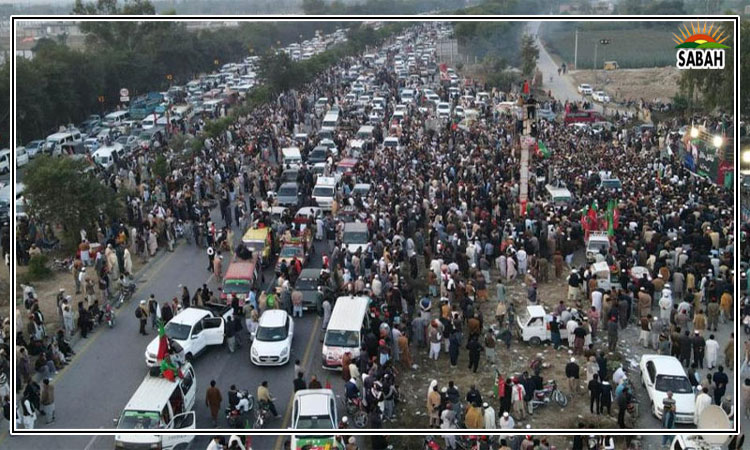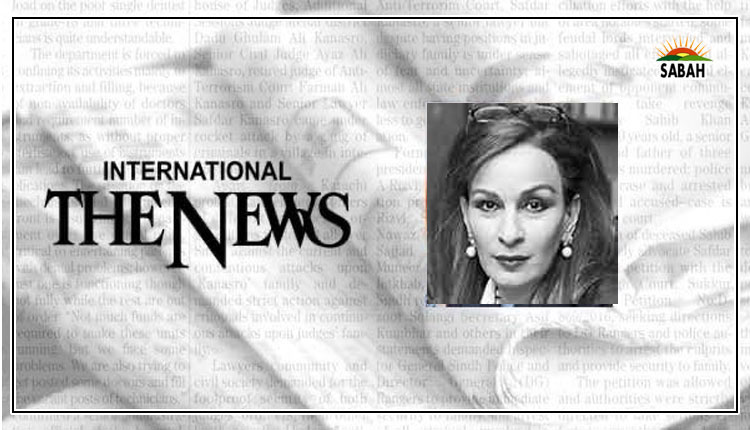Benazir and the Black Swan…Sherry Rehman
When a black swan event hits the world, people often recall it in two ways. One is a public record that is pieced together to become what we call history. The other is saved up in individual memory as part of a personal story. December 27, 2007, was a classic example of the black swan disruption of planned realities, a textbook case of unexpected events that shattered the trajectory of millions of lives in one cataclysmic day.
The day we lost Benazir Bhutto, Pakistan changed. It had to. But Pakistans story changed too. She was several decades ahead of her time when she returned to Pakistan after more than a decade in exile.
Former Prime Minister of Pakistan Shaheed Mohtarma Benazir Bhutto (SMBB). APP/File
Former Prime Minister of Pakistan Shaheed Mohtarma Benazir Bhutto (SMBB). APP/File
Fragments from a personal history and a public one well up like unshed tears on this day. What stood out in that electric darkness at noon? And what made her continue on her perilous path, many ask. Where would we be today were she not taken from us?
First, nothing was right from the very beginning, at least from the time we set out for the Liaqat Bagh jalsa in her vehicles. The campaign was nearing its end. We had not recovered from the terror attack on October 18, because the weight of lives lost and young people maimed was like a recurring taste of ashes in the throat. But both her core team and the PPP had made a collective decision to be resilient after she said she would not change her plans. I did not come back from exile to sit around in living rooms, she said.
Basically, her actions were a lesson in singularity. No one could shape her agenda; no terrorists, no regime, no one. Certainly not fear. She had taken back agency and political momentum by sheer force of will, and that life force had filtered down to all of us through many days of the campaign. So it should have been a better day, but it never felt like one. There was a glitch in the matrix. Instead of the elation that is typical of rounding off such a despite-all-odds campaign, many of us felt an inexplicable new sharpness in the blue December air of Rawalpindi. The cars were stopped and re-arranged in tighter box formation at a traffic light by her party security team, led on the ground by Touqeer Kaera, Shaheed. Her volunteers signalled an extraordinary tension, as they clearly felt more than the usual frisson of danger when the cars rolled onto the venue.
Once at Liaqat Bagh, the jalsa took on its own life, as public events tend to do when they organically shift into another energy. Benazir Bhutto was radiant, the foreign press gushed, and the charged crowd responded to an almost electric nimbus that emanated from her that day. She too was at her peak, it was obvious. Things seemed almost to resume some normalcy until they did not.
Catastrophe struck soon after we slowly meandered through the gates of the Bagh. The heavy cars jumped up from the force of the bomb impact after the sound of shots firing, and suddenly there was shattered glass and steel everywhere. From the ringing in the ears, from the blood, sulphur and mayhem in the air, it felt like October 18 for a few hours. But in some ways it was worse. In the shock of broken limbs and smoke, the terror of losing her this time came home to knock a hole out of the heart.
Now, 15 years after her tragic assassination, this December brings another election season when her absence weighs palpably upon us. The loss is not just felt in the party. Wherever I go people still wistfully ask about the life we could have all lived, especially progressive cohorts in Pakistan, had she not been assassinated in her full prime. At global forums, she is still remembered as the first Muslim woman to brave so many odds to be elected prime minister, not once, but twice. In both cases, her government was removed unjustly and precipitously, while she never got a chance to fulfil her agenda for Pakistan.
It’s not as if Benazir Shaheed had a magic wand. What she did have, apart from her iconic stature and unrelenting courage, was a strong work ethic, an institutionalized system for running her party in highly organized pyramids of meritocracies, and a great hunger for ideas that would change the lives of the most vulnerable. She also had that unique and overlooked quality in statesmen, which was executive follow-through. An example being the BISP, for instance. All year her policy committees would meet, send her minutes of meetings, receive extensive comments and directions back from her to move forward and sharpen concepts into living realities.
The income support programme became a legacy initiative for the PPP, but even as it met with stiff resistance initially from the bureaucracy, which was unwilling to make women the only beneficiaries, President Zardari remembered her passion for it and insisted it be designed for women members of vulnerable families. That legacy of empowering women at the bottom of the social pyramid continues to this day with Bilawal Bhutto Zardari, who oversaw the beginning of one the largest redistributions of land assets after the 2022 floods by giving land titles of reconstructed homes to women of affected households.
She did not have time for strategic drift. Her view in 2007 was that Pakistan could not afford to muddle through anymore, nor political experiments that left unaccountable governments in power. This is why she prioritized intellectual capital as a path to reform, particularly for a country stuck in middle gear with mounting social, economic, and climate challenges. While we worked on her manifesto for half a year, on her initiative we also made a 100-day programme for Pakistan, which laid out priorities for the government per each ministry. This is why the government made in her name in 2008 went through the highest number of rights legislation, brought in landmark programmes like the countrys social transfer system, and restored the 1973 constitution to its original federal status, and was able to raise the countrys exports to its highest levels while ensuring an agri boom which saw Pakistan food-secure enough to actually export wheat. This was all part of her plan.
She also understood that Pakistan needed reconciliation and healing, not hate and division. She wanted Pakistan to have some breathing room, a space to reinvent itself as an economy that opened up opportunities for employment and growth, with social justice as the overarching norm. Her Charter of Democracy to end the politics of polarization in Pakistan earned her accolades for attempting to bend history in the best interest of the country. Despite strong resistance from many quarters, she went ahead to align her actions with what she believed was imperative for Pakistan. That is why even today her bitterest rivals and opponents acknowledge her contributions. This is why her son, PPP Chairman Bilawal Bhutto Zardari, often speaks about this need for political reform in his campaign speeches.
Despite facing rigorous imprisonment and house arrest on several occasions, she never used her supporters as pawns. Her life was a chronicle of tragic bereavements, because not only did she live through the traumatic judicial execution of her father, Shaheed Zulfikar Ali Bhutto, but she also saw her only two brothers fall victim to inexplicable deaths in their prime. Yet even when her heart was on fire never once did she incite her followers to ignite fires in the country or to trigger anarchy. After her tragic murder, PPP President Asif Ali Zardari, while following in her footsteps, reaffirmed that Shaheed Zulfikar Ali Bhutto’s daughter remains the unifying force of Pakistan. He understood that Bhutto was always about connection, never about division. This is why he said Pakistan khappay on that fateful night in Naudero after we landed there with her mortal remains.
Courtesy The News


